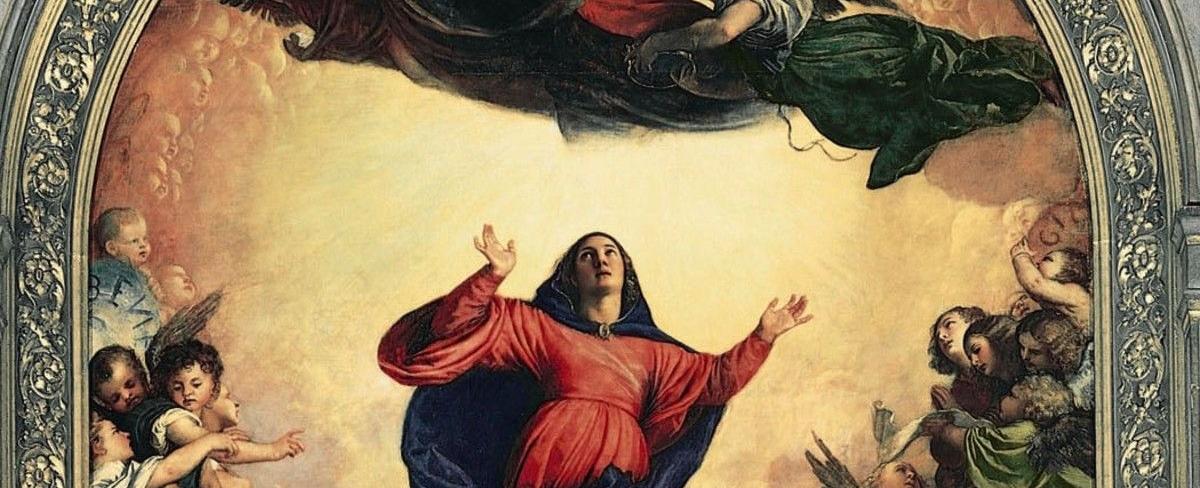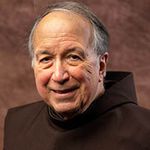The Assumption of the Blessed Virgin Mary

Let us all rejoice in the Lord, as we celebrate the feast day in honor of the Virgin Mary, at whose Assumption the Angels rejoice and praise the Son of God.
Mary’s privileged place
Franciscans, from the beginning of our movement, have celebrated the privileged place that Mary occupies in God’s design for human salvation. Saint Francis recited the following antiphon several times a day in his Office of the Passion:
Holy Virgin Mary,
among the women born into the world,
there is no one like you.
Daughter and servant
of the most high and supreme King
and of the Father in heaven,
Mother of our most holy Lord Jesus Christ,
Spouse of the Holy Spirit,
pray for us
with Saint Michael the Archangel,
all the powers of heaven
and all the saints,
at the side of your most holy beloved Son,
our Lord and Teacher.
Glory to the Father, and to the Son,
and to the Holy Spirit.
As it was in the beginning, is now, and will be forever. Amen.
Celebrated painting of the Assumption
This celebrated painting of the Assumption of the Virgin by Titian (Tiziano Vecellio, c. 1488-1576) is the principal altarpiece of the church of the Friars Minor Conventual in Venice, “the Frari,” dedicated to Mary under the title of her Assumption. It took the young artist two years (1516-18) to complete the vast work. Its monumental size (22x11 feet), dynamic three-tier composition, and color scheme established Titian’s reputation as the preeminent painter north of Rome.

This celebrated painting of the Assumption of the Virgin by Titian (Tiziano Vecellio, c. 1488-1576) is the principal altarpiece of the church of the Friars Minor Conventual in Venice, “the Frari,” dedicated to Mary under the title of her Assumption.
A Venetian church and friary for Franciscans
Traditionally, Francis visited Venice on his return from the Middle East in 1220, and his brothers began ministering in the city around the same time. In 1231, the doge donated some reclaimed land to the friars at the present site for a small church and friary. This soon proved inadequate for the friars' expanding pastoral ministry, and in 1250 they began replacing it with a larger one.
Santa Maria Gloriosa
No sooner was that one completed when work began on construction of the present church around 1338, the largest in the city. Work continued on it for over a century, and the church was finally dedicated in 1492, under the title of “Santa Maria Gloriosa.” The church itself is a plain brick Gothic structure, but the vast interior is filled with lavish artworks donated by wealthy Venetian families.
For a brief historical tour, see https://www.youtube.com/embed/qkWZ8uvotfo.
Dominic Monti, OFM
Professor of Franciscan Research in the Franciscan Institute of St. Bonaventure University
Dominic V. Monti, OFM, is a Franciscan Friar of Holy Name Province (USA) and currently professor of Franciscan Research in the Franciscan Institute of St. Bonaventure University. He devoted the greater part of his ministry to teaching the History of Christianity, in particular the history of the Franciscan movement. He has contributed two volumes to the Works of St. Bonaventure series and is author of Francis & His Brothers, a popular history of the Friars Minor.

